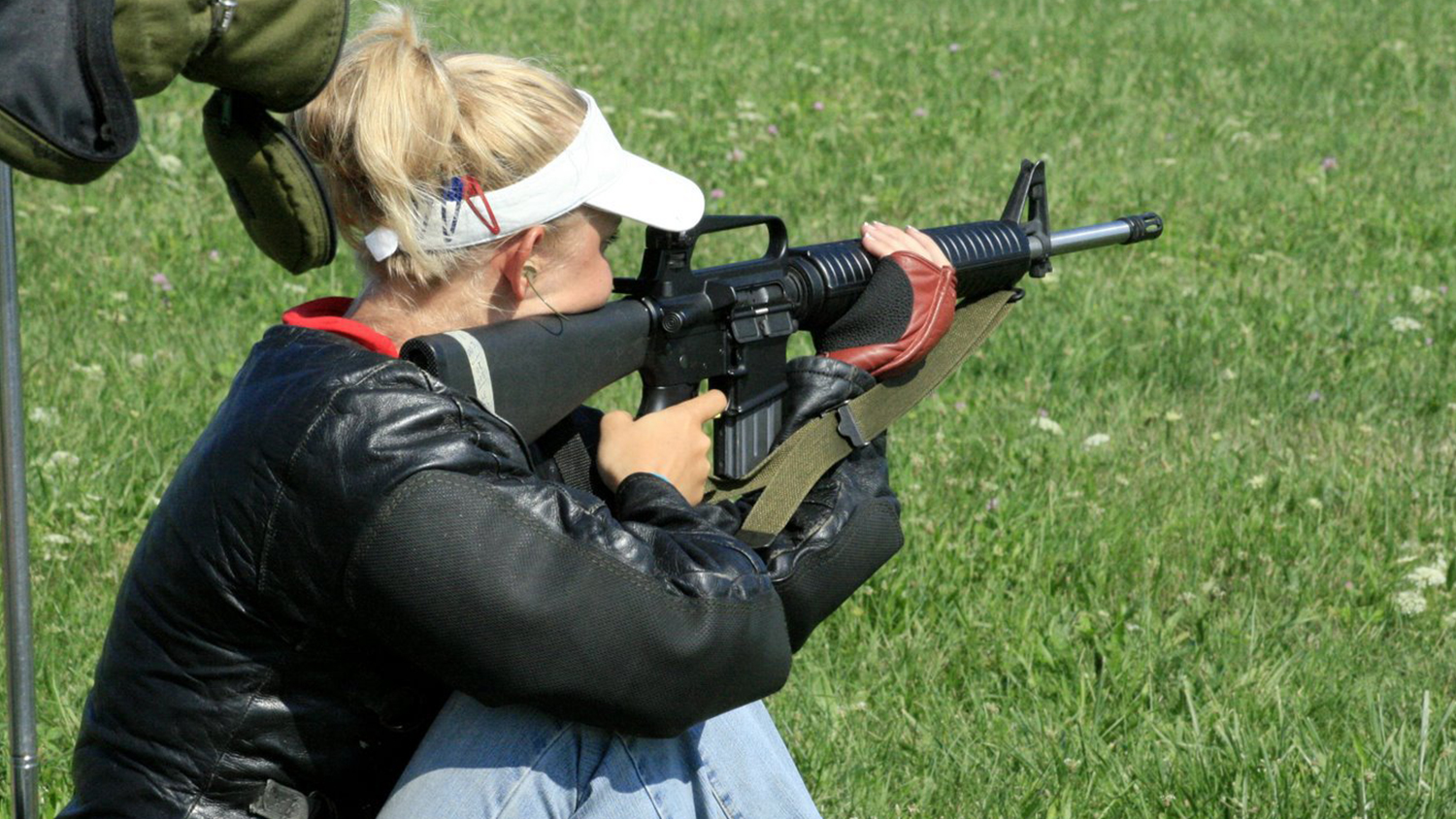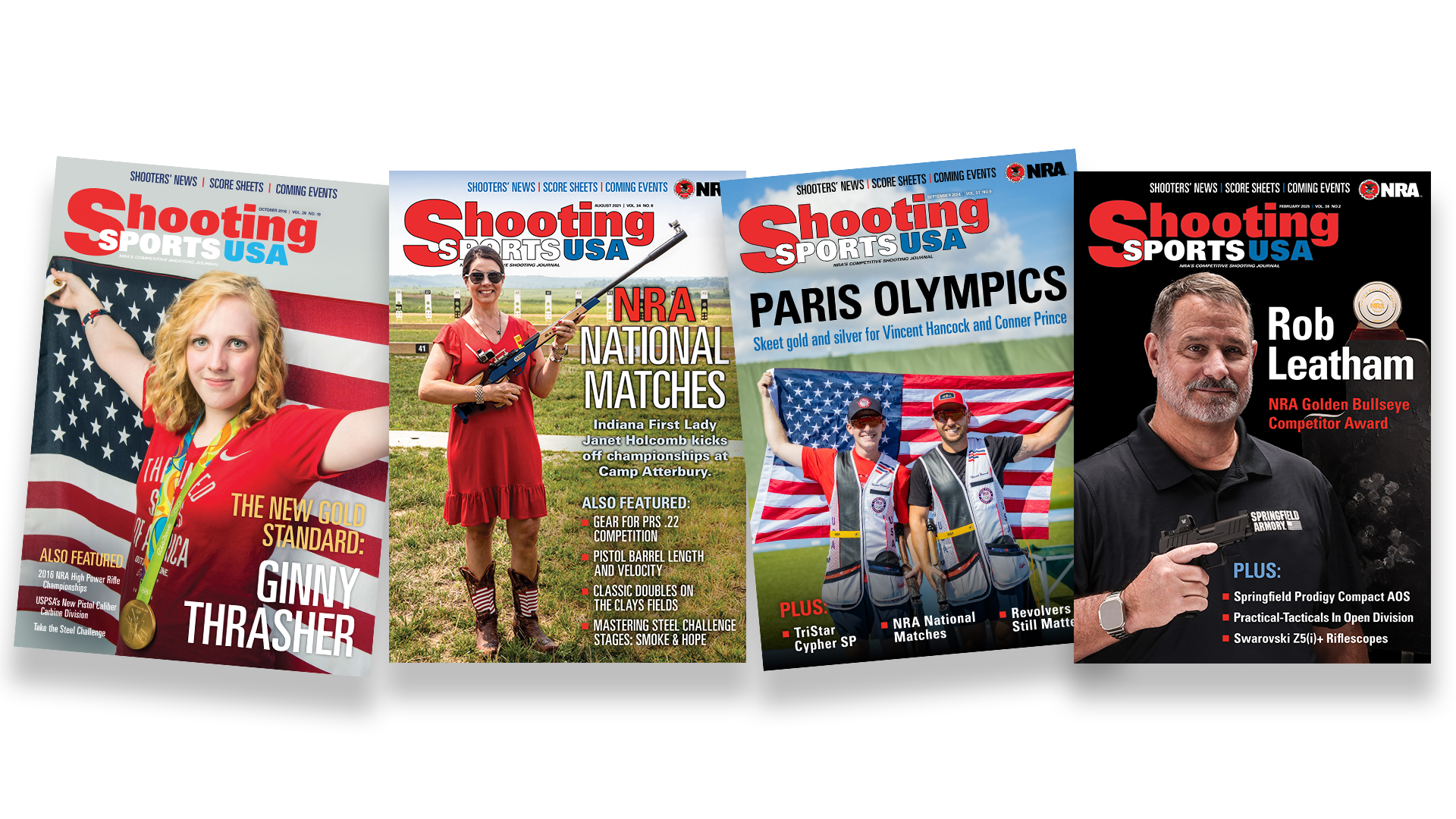
Service Rifles: If you already own an AR15, note the rifling twist rate for a match rifle is faster to accommodate heavier bullets. Military M16s or commercial AR15 equivalents designed for the standard 55-grain bullet will typically have a twist rate of 1:12 (one bullet rotation for every 12 inches of barrel length). If this is what you already own, consider a replacement match barrel with a 1:7.5–1:9 twist rate for the heavier 77-grain (200 and 300 yard line) and 80-grain (600 yard line) bullets used by many competitors. The rifle may have an optical sight (reflective sights are considered optical sights) with a maximum power of 4.5X installed on the receiver. Variable scopes with a maximum of 4.5X are permitted. Only commercially manufactured scopes that were produced with a maximum magnification of 4.5X and that have a maximum objective lens of 34 mm may be used. If an optical sight is used, the same optical sight must be used in all stages of a course of fire (changing sights is not permitted).
Caliber is the next decision criteria. The relatively light recoil of the AR15/M16 with its .223 cal. cartridge results in tighter sitting or kneeling positions during rapid-fire, while the .30-cal. service rifles ( M1, M14 or AR10) will do better from the 600 yard line (1⁄4 of the match). The .30-cal. rifles will jar a weak sitting/kneeling position loose but will be an advantage in the long-range events. The long-range target measures six feet square and the bullet will take nearly 1.5 seconds to make the trip from the firing line to the paper! This type of shooting will favor the .30-cal. service rifles. Prices range from $600 specials or surplus military rifles, to the mid $2,500s for match-grade AR10s.
Match Rifles: The other option is a match rifle, which is essentially an open class. In this class you can shoot the 6mm cartridges (.243 cal.), the newest 6.5mm Creedmoor and .308, to name a few. As eleven-time national champion and match rifle builder David Tubb points out, match rifles can be infinitely adjusted and have a longer sight radius, making them easier to learn for new shooters. Match rifles allow iris style (concentric circles) sights, barrel extensions, adjustable cheek pieces, smaller magazines and other modifications. While the initial cost of a new match rifle can approach $4,500, keep in mind that modifying a stock AR with match-grade barrel, 4.5-pound match trigger and gunsmithing will add another $1,000 or more to the cost of those guns.
Whatever you choose, review the rules to avoid costly mistakes. NRA rulebooks can be found at rulebooks.nra.org and Civilian Marksmanship Program (CMP) rules are at thecmp.org/competitions/cmp-competitions-rulebooks.

































